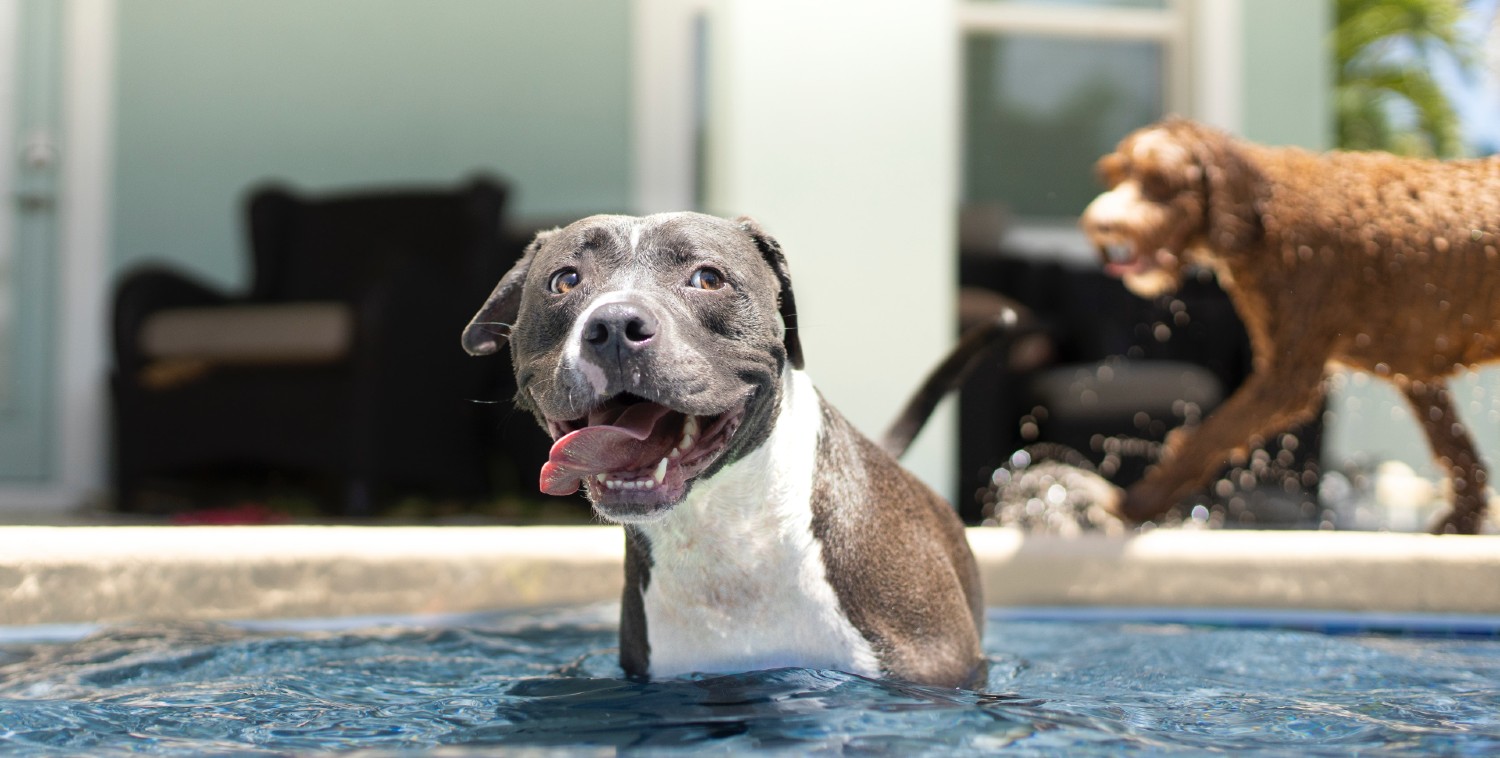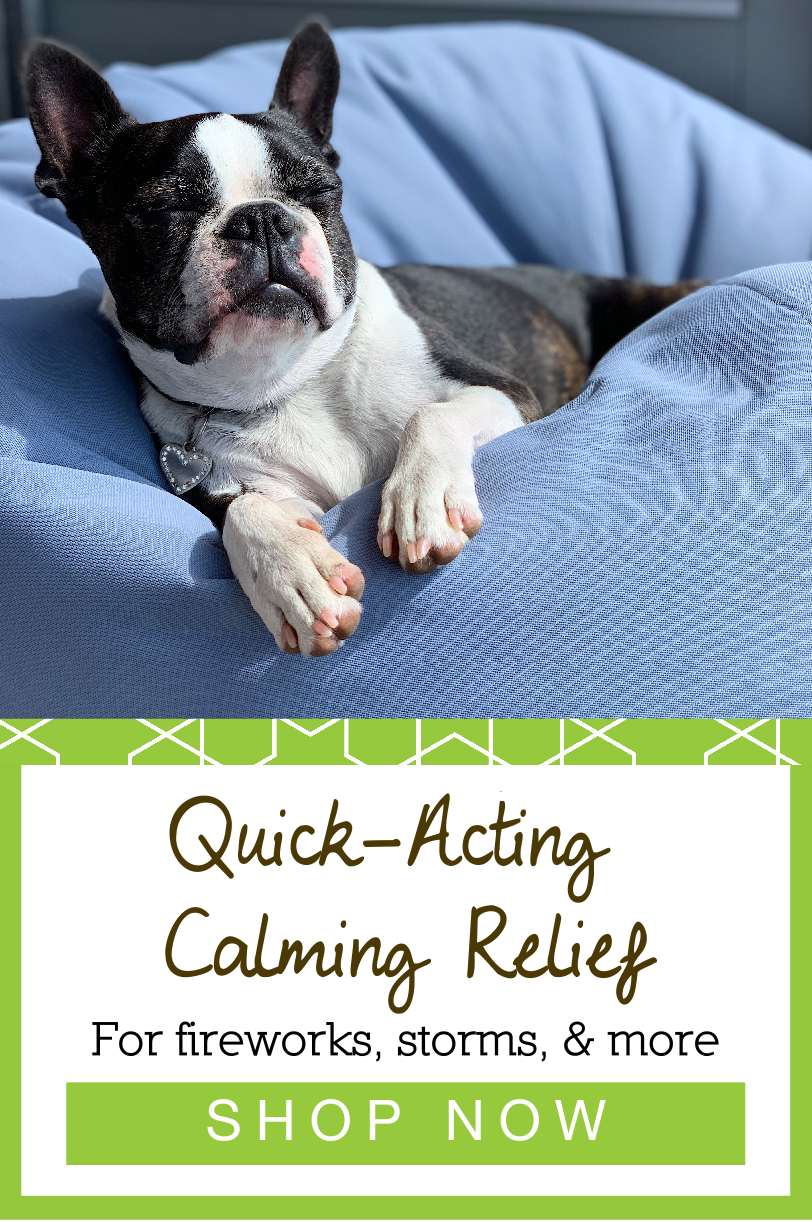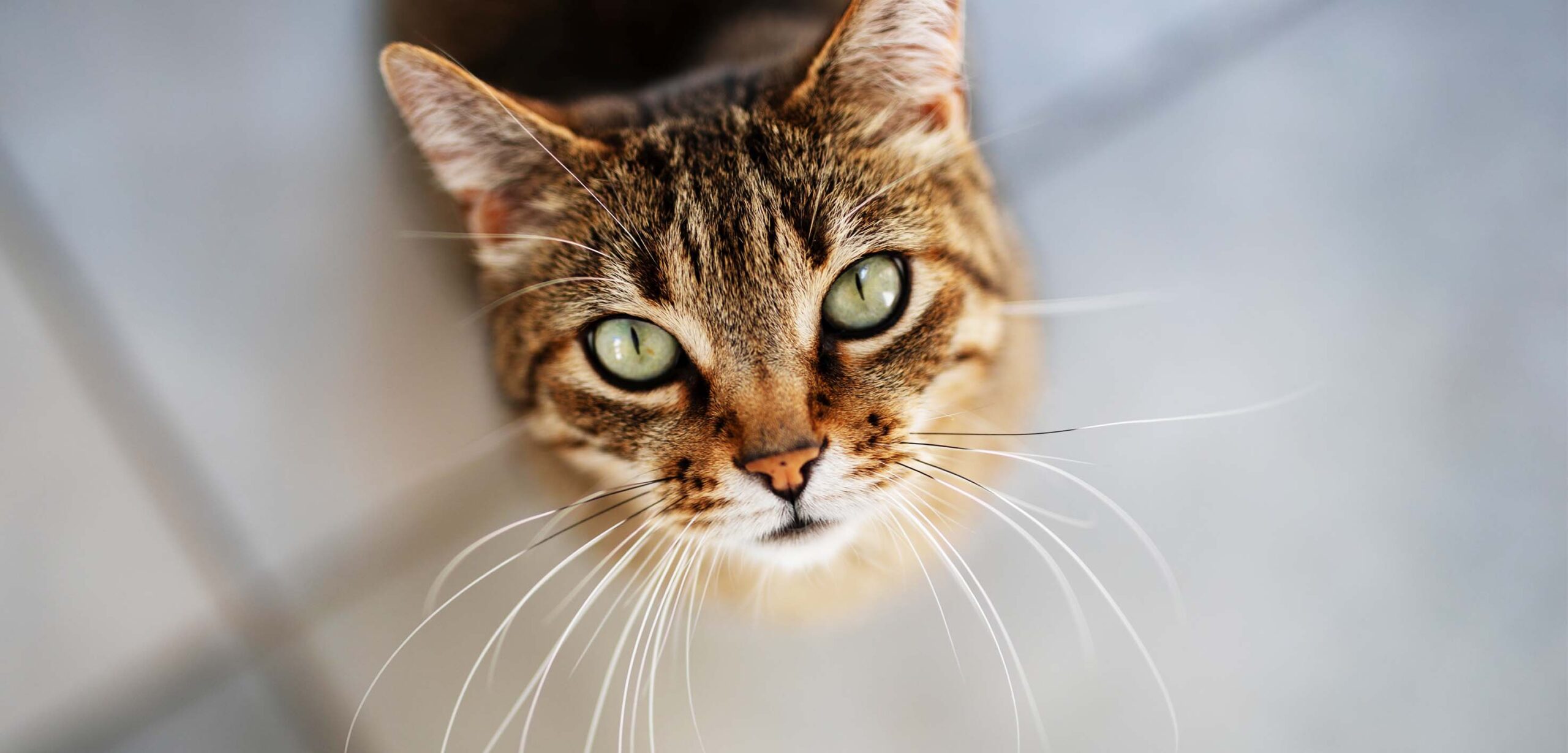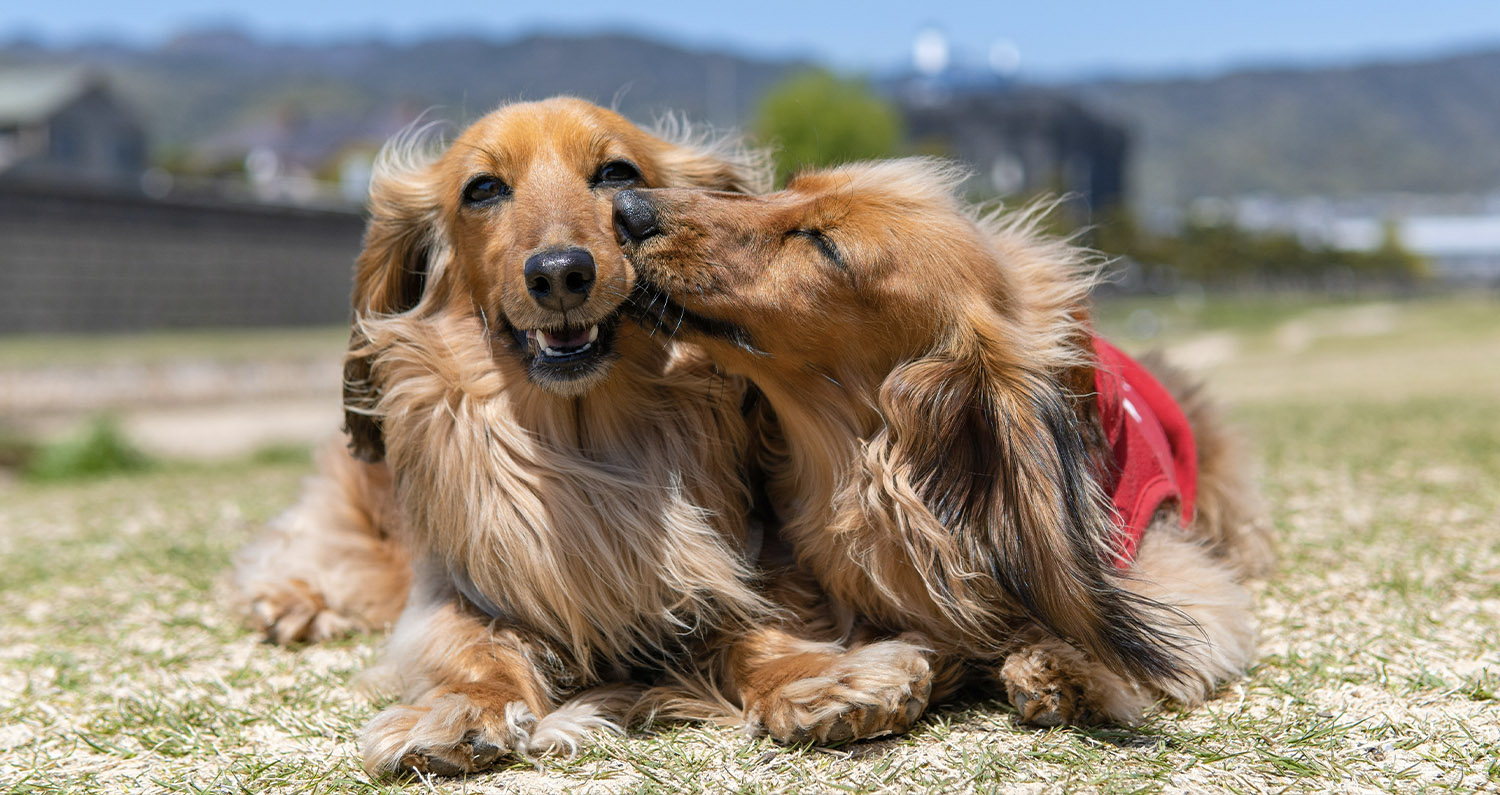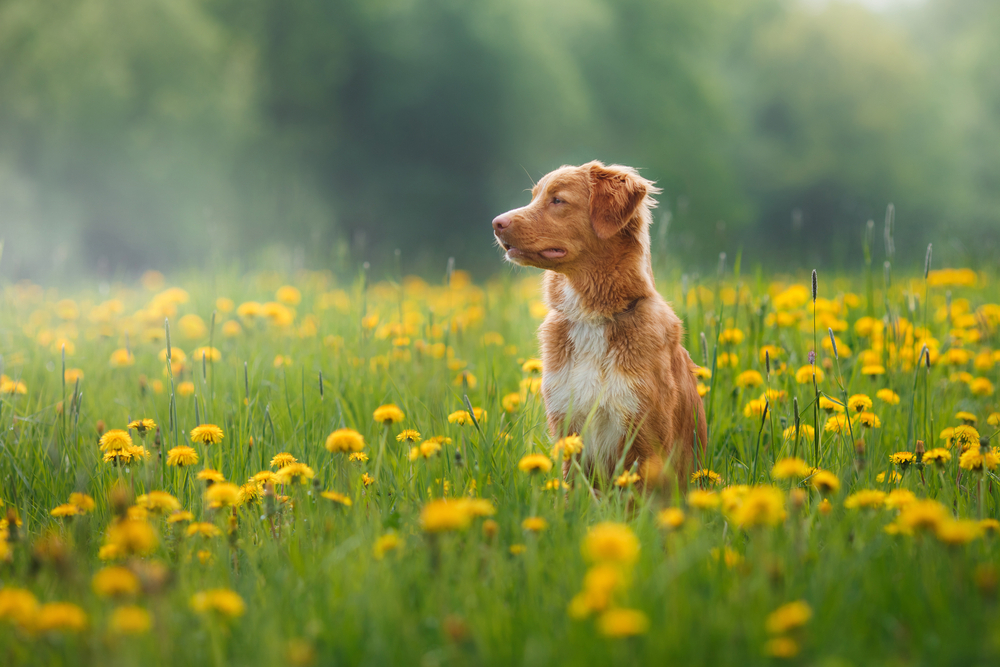You know the stress and anxiety that the crack of thunderstorms and the quaking booms of 4th of July fireworks can bring for your dog. Imagine if they weren’t even blips on your pup’s radar this year, though, and instead, every four-legger and two-legger got to sit around, partaking in celebratory steaks (your pup will take hers rare), yard games, and cheers. Like any successful celebratory salute, the key to keeping your dog (and yourself) relaxed is all in the prep.
We sat down with an extremely gifted trainer of twenty years to talk about how she approaches 4th of July prep, what she does to make sure positive tools stay positive, and what you can do now to help prepare yourself and your dog.
Here are the 7 biggest takeaways from the conversation.
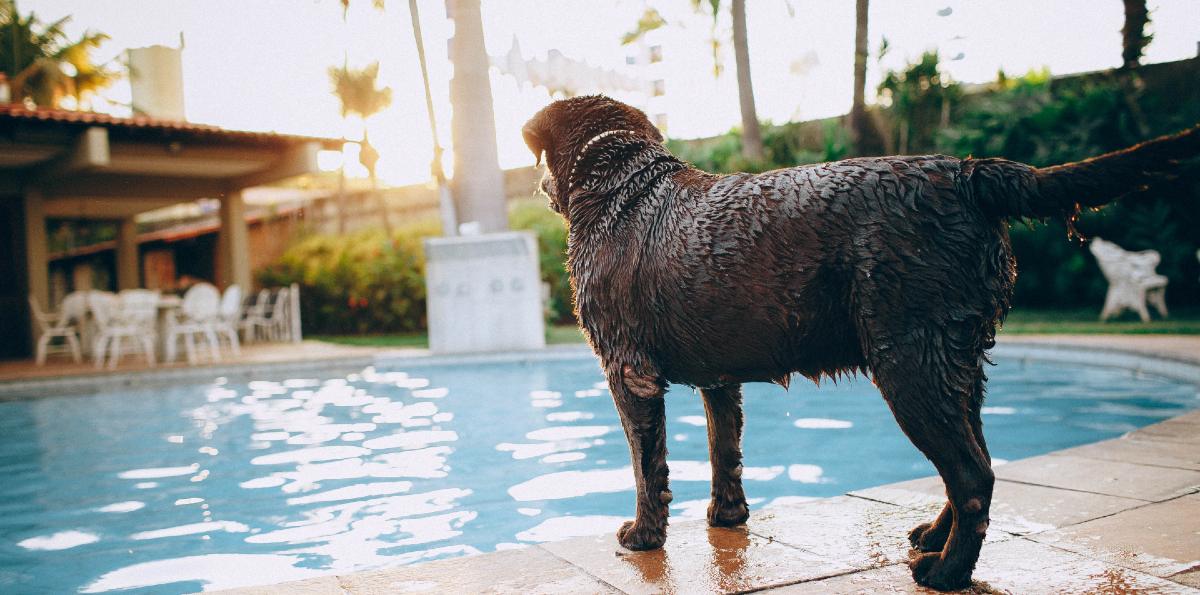
On The Agenda
#1 Don’t Assume It Won’t Happen To Your Dog
Every. Single. Dog. Your teacup pup, your easy-breezy boy, likely will experience anxiety at some point in their lives and house-shaking things that go boom make the short-list.
Looking at the numbers, about 20% of dogs even become sound-sensitive in their lifetime.
That’s 1 in every 5 dogs.
The older a dog gets, the more likely they are to develop these fears around noise, too. This progresses year over year, so by 5, 6, or 7 years old, even if they didn’t show it at 2 or 3, they could reach a point where now it’s this full-blown problem.
So, do not assume it can’t or won’t happen. Instead, know that any dog, yours included, can get anxious, especially around big, bad booms. Use this opportunity to create a game plan for you and your pup.
#2 Develop Their Confidence
You can start by developing your dog’s confidence around surprising things that they are in control of.
A lot of anxiety stems from not having control of the situation. It’s always because things are happening to them. If you can flip it, they take the power back.
From puppyhood, you should teach dogs to make noise with their own bodies. It can be as simple as teaching them to knock over empty soda cans by touching them with their nose or paw. It falls on the ground, makes noise, and they get rewarded for it.
You can grow their confidence around unexpected things, which may help them stay calm and collected in situations out of their control.
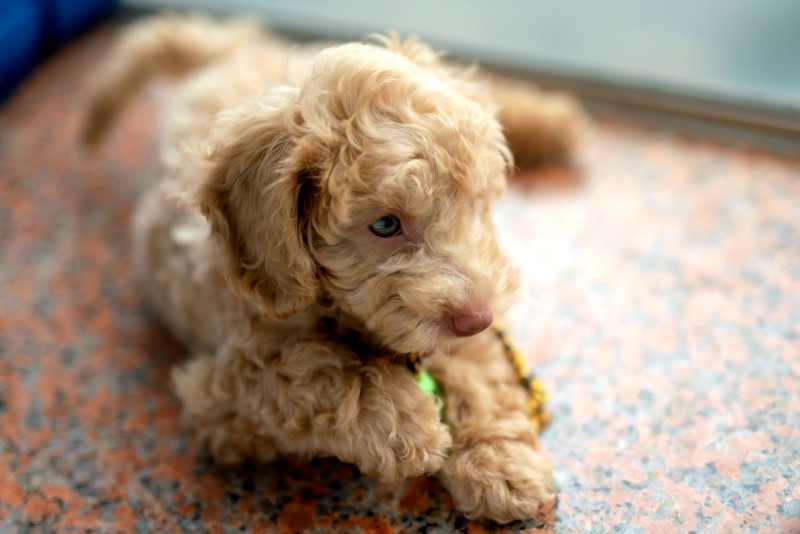
#3 Prep Well In Advance
Everything we mention, except for one or two outliers, must be introduced long before the 4th, storm season, or noisy celebrations.
If you only do them right before the event or while the light bursts and booms happen, they could become a precursor or a cue that something bad will happen instead, which will make them more anxious.
Start using these tools at least three months before the fireworks or storm season, and then do them throughout the year off and on. (The more, the better– your good dog deserves raw, meaty reinforcers.)
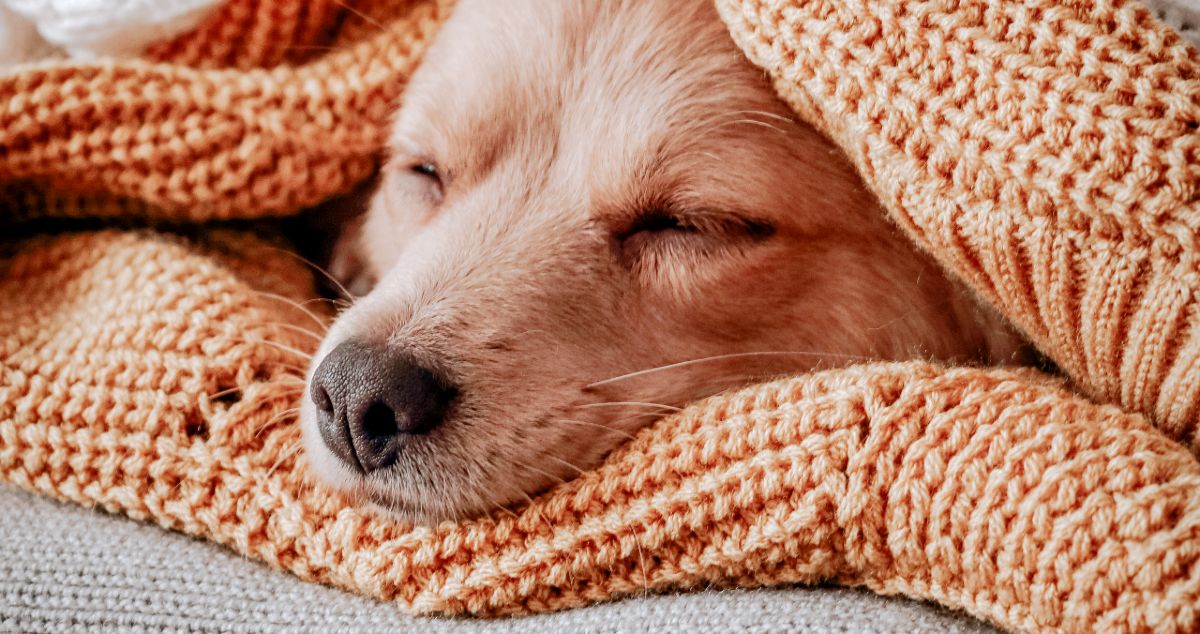
In the case of the thunder shirts and wraps, for instance. You want your dog to wear it and enjoy wearing it when they’re relaxed. Maybe you put it on and give them a raw bone to chew. You do that 2-3 times a week for 20-30 minutes or so, for maybe 3 weeks. You want to leave the wrap on long enough that you can see that your dog has settled a little bit in it and for enough time that they develop a positive association with it.
How do you know if a tool like a wrap or another positive reinforcer is ready to use during a stressful situation?
There should be that same positive reaction a dog has when you pull out their leash.
If that excited anticipation happens when you pull out the wrap or thunder shirt, Like, “Oh boy, the wrap?! It goes on, and it’s going to be raw meaty bone o’clock!” – that’s when you know you’ve made a conditioned emotional reinforcer, and you’re in business.
If you don’t see that effect, you could still try to use it since the average pup won’t associate it with the problem.
#4 Your Dog Should Choose Their Reinforcers
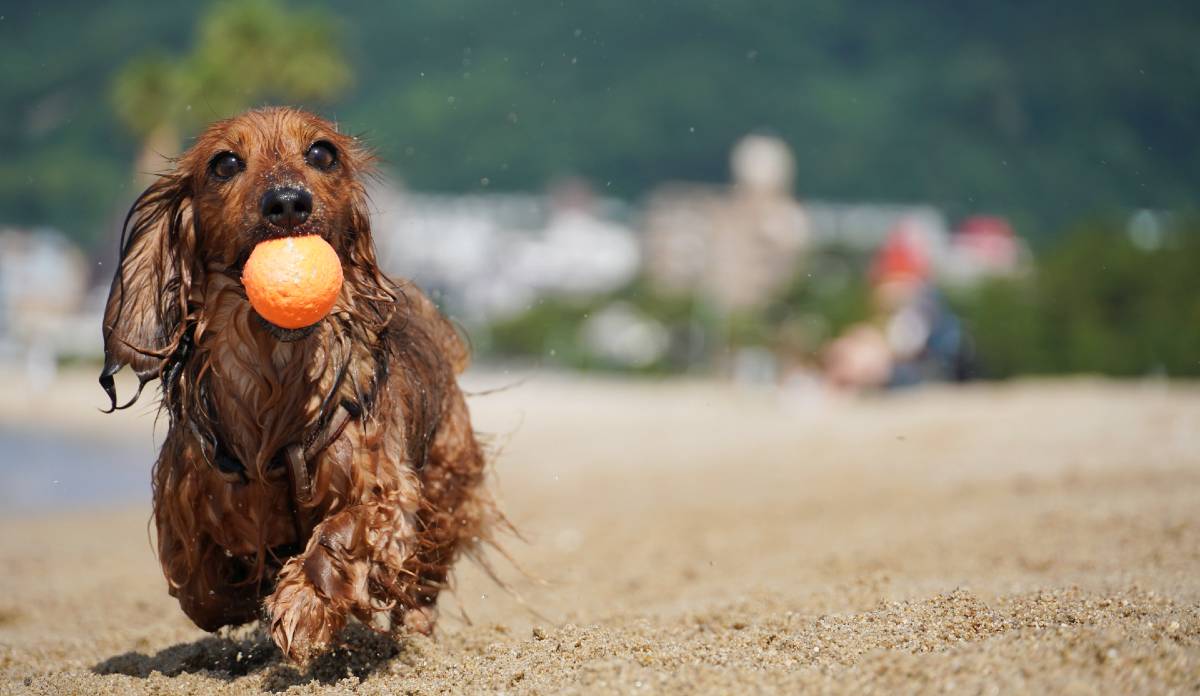
The best, most effective are the ones that your dog has chosen as a reinforcement. If your dog has a ritual of a kong with a little peanut butter or always chooses his tug toy to play with, then that treat and that game are positive reinforcers that you can add to your arsenal.
These reinforcers will be really unique to the individual, so come up with 4-5 toys, treats, social interaction, activities (even running), and build an arsenal you can dip into day of.
There are a few options that seem to be universally adored by dogs, so if you don’t already use these, now is the time to start.
Brain Games
Puzzle toys, including that peanut butter-filled Kong flexes that brain muscle, and all of that problem-solving provides a distraction. Snuffle and lick mats mimic foraging and stimulate their sniffer.
All of these forms of mental stimulation work on many levels as a stress relief technique, too. When they’re using their brain to problem solve, that mental stimulation can offer stress relief.
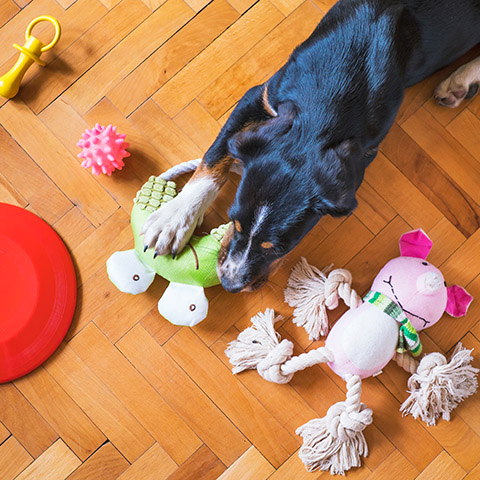
Raw, Meaty Bones
Delicious enough to divert attention away from pretty much anything in existence since chewing is most dogs’ favorite pastime. It keeps a dog physically and mentally occupied, and the nutrients offered ain’t too shabby either.
Be sure to stick with uncooked, fresh raw bones. If your dog is a tough chewer– feet, necks, goat, pig, or lamb tails– wing tips for the pocket-sized pups. Hold it the first time to help teach your dog to bite and crunch on it instead of gulping and swallowing immediately.
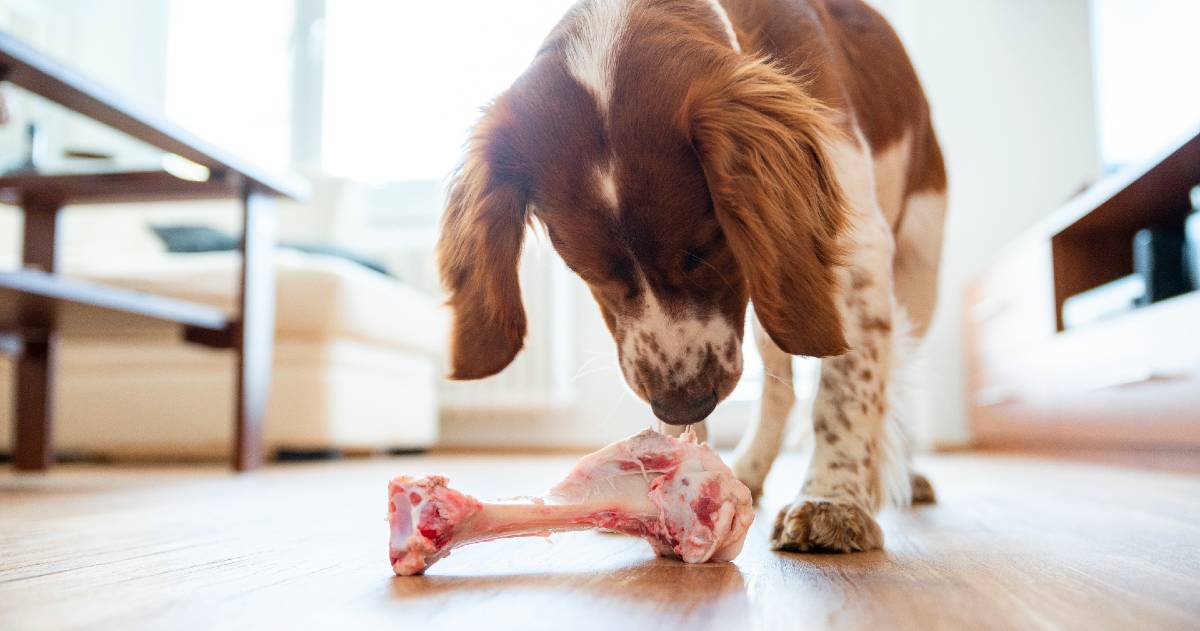
Keep in mind that some things we offer just aren’t very reinforcing, too– like when you call for them to come, and when they do, you try to envelop them in a hug and pets. If you’ve noticed your dog pulls away or jukes you and zooms away, it’s because they don’t want a hug or a touch. That’s not right at that moment– just think of someone wrapping you up in a bear hug after the mile run in gym class.
#5 Ready Your Arsenal
You’ve got your list of positive reinforcers set– maybe the kong, a mat, a bone in the wings. And you’re going to introduce these new routines well before the 4th. Now there are a few more things you’ll add to your arsenal, including creating a safe space.
Bring Out the Herb
You’ll want to stock up on quick-acting herbs known for their powers of tranquility and calming.
Herbs like valerian, passionflower, chamomile, et al. can be found in one tossable chew aptly named July Third. Given 1-2 hours before the booms are set to go sky high can help your dog relax.
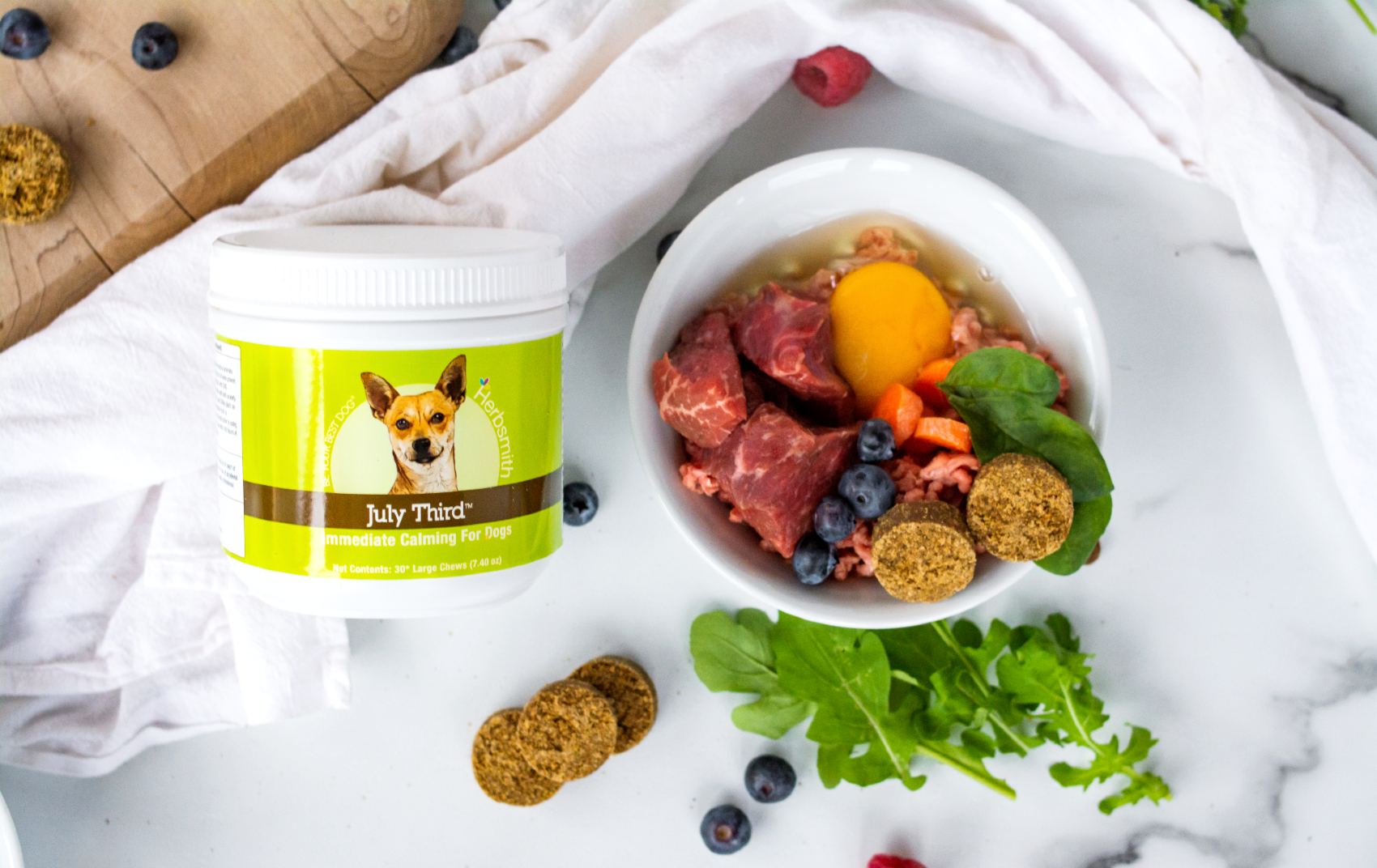
Let Them Choose A Safe Space
Whether it’s a crate, a bed, or a bedroom, every animal needs their own designated safe space that they can retreat to when they choose.
Give them their reinforcers there occasionally, and you’ll craft this special, safe place (away from the hustle and bustle of the household) where the combination of all these good things can come together the day of.
Queue Relaxing Sounds
Add sounds– Not only does it divert attention from the sounds that will be happening, but it’s been shown that classical, soft rock and reggae music help calm dogs. Everyone really is a Marley fan.
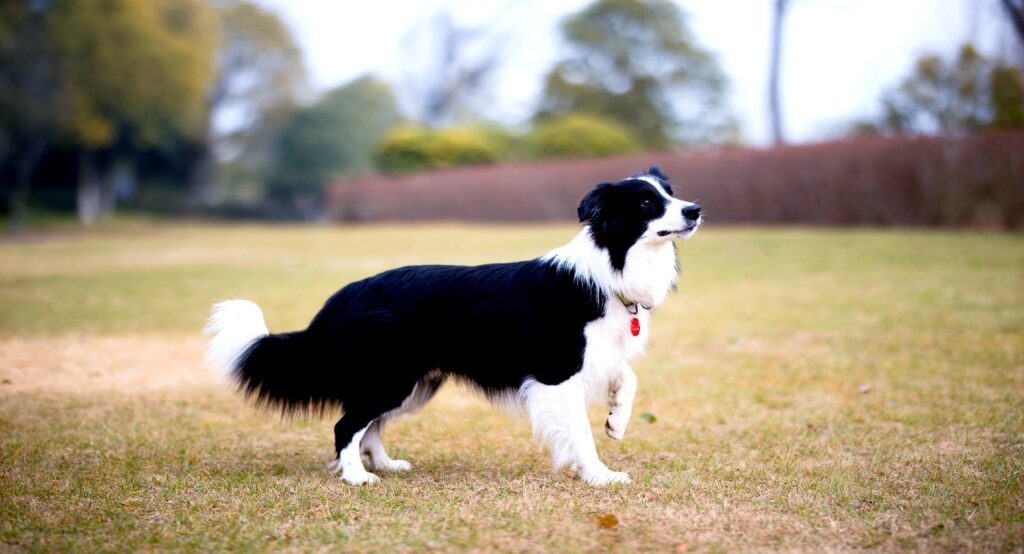
Tire Them Out
For those of us with high-drive dogs– the huskies, vizslas, and malinois of the world be sure to take them out the day of and run them a bit more than you normally do so that some of that excess energy is burnt off by evening time.
Keep in mind this may not make sense for the white-whiskered seniors. Their normal walk should tire them out plenty.
If You Can, Be Home
Dogs do better when their person is there. Besides, four-leggers always are the party anyway. If you can’t be there, having someone else that they know and love there can offer the comfort they need.
#6 For Those Dogs Who Deal With Anxiety Daily
If noise plays into their existing anxiety, there’s a two-pronged approach.
One aspect is helping them rewire their thinking. You’re going to do that by teaching them that loud, scary noise (fear) = treat. Since there’s already a fear, counter classical conditioning is paired with desensitization.
Desensitization is gradually exposing them to the trigger and eventually building the intensity. So, you could use a playlist of storms or fireworks that you’ll gradually make louder and more frequent.
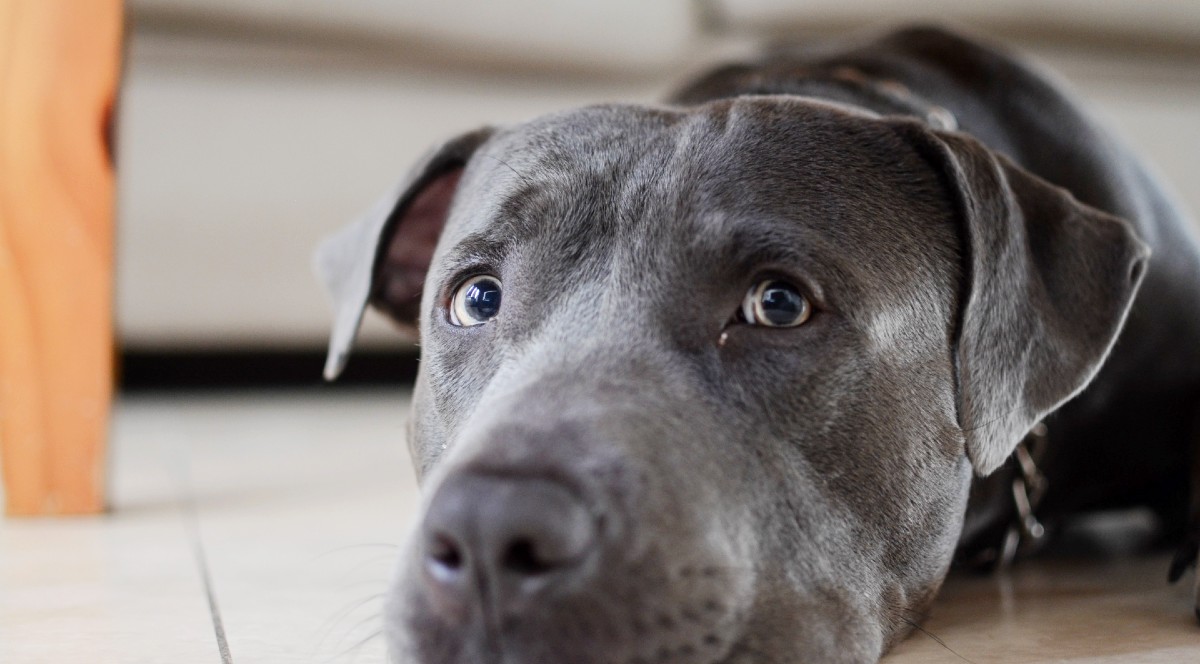
After the sound, you give the treat. The treat has to be out of sight and out of the nose until after the sound, though, or they won’t associate the two.
It’s fancy terminology, but the gist is you’re following the problem with something good to change the way the dog feels about it.
Scary noise = fear = negative
changes to….
Scary noise = treat = positive
If the noise starts to overwhelm their love of ball or whatever positive reinforcement you’re using, then it’s your cue to slow down and back it up a bit.
It takes commitment, but a dog can make a lot of progress. Consider partnering with a trainer if you’re unsure of where to begin.
Then, you’re going to address their emotional balance.
Add Herbs to Balance Emotional Highs and Lows of Your Dog
Anxiety happens when emotions are out of control– an anxiety dog has an inability to control these extreme emotions, so the goal is to restore your four-leggers.
Utilizing the synergistic combination of hand-picked calming herbs found in Calm Shen, we can slowly correct the disharmony, this over-anxiousness, and help bring your dog more emotional balance. It’s important to keep in mind that this isn’t an overnight change or a quick fix. It’s a process. Their tail wags a bit more, they’re more in the present with you, and your anxious pup isn’t so anxious anymore. The weight of anxiety doesn’t bog them down so much, and they’re finally able to come into themselves more.
If you’re unsure where to start, you can take the quiz for a personalized recommendation.
** Pairing these herbs with more immediate calming herbs 1-2 hours before those raucous festivities and giving your dog a safe space to retreat to may be what they need to get through the day.
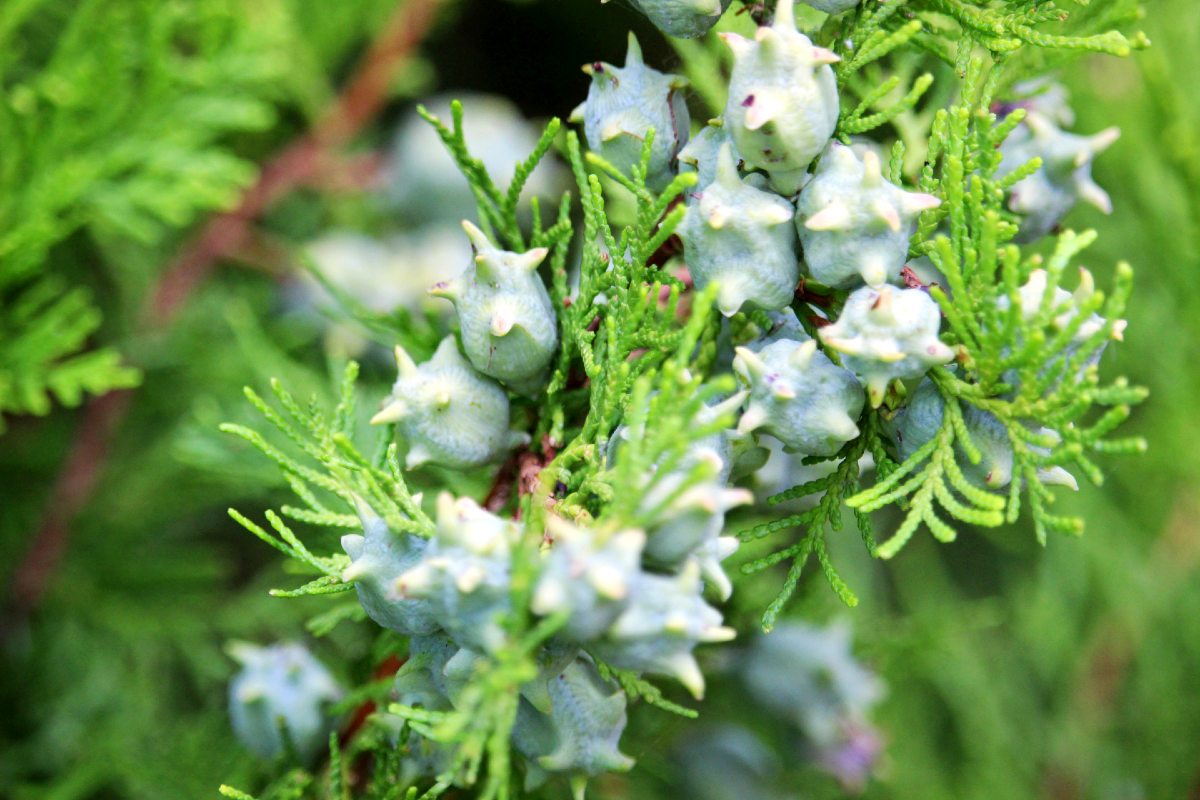
#7 It Isn’t, “This Worked Or It Didn’t” When It Comes to Emotion
It’s important to remember that you’re dealing with a complex, living, breathing individual.
If your dog is starting to feel anxious and you give them their kong, your dog may not go from nervous nellie to his happy-go-lucky self.
It is not like taking an aspirin for a headache, and voila, problem solved. A headache isn’t an emotion.
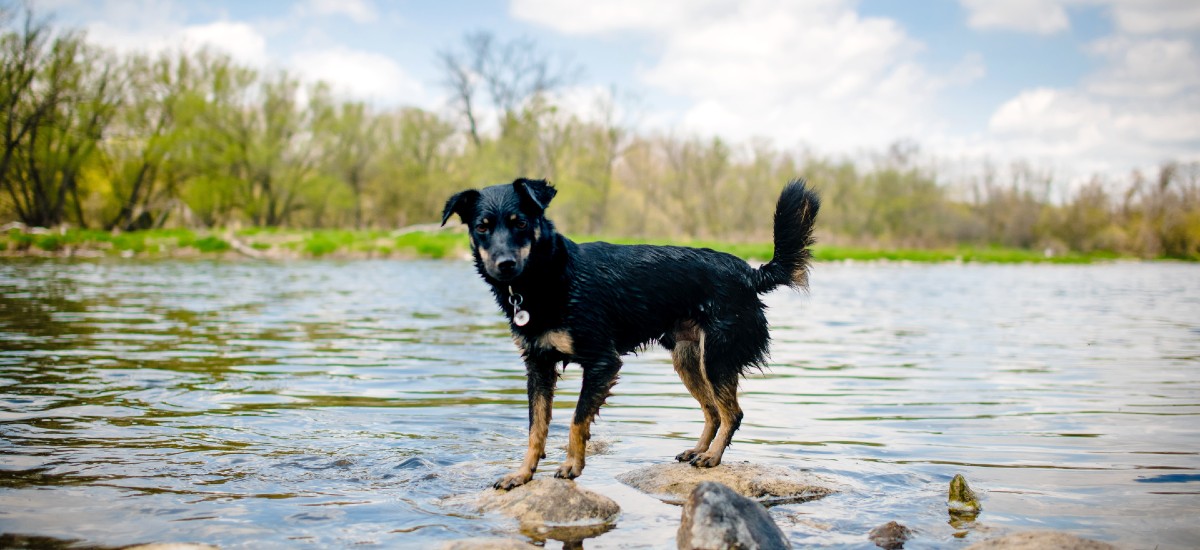
BUT, if your dog can settle a bit more or seem a little bit less stressed, that’s huge and you are making strides in the right direction. Keep it up!
To Get Started
Here’s a quick checklist you can reference to get prepped.
- Come Up With 4-5 Positive Reinforcers Your Dog Loves
- Toys, including puzzle games
- Treats like peanut butter on a lick mat, raw meaty bones, any highly coveted food
- Social interaction like cuddling or even petting
- Activities like tug, hide and seek, even running
- Wraps if it’s a positive reinforcer
- Introduce Any New Reinforcers Well Before The Fireworks
Do it at least three months before the day of the fireworks, and then maintain that positive association to their wrap or whatever tools you’re using throughout the year.
- Keep Herbs on Hand
Have quick-acting, calming chews at the ready, and give them 1-2 hours before the event to relax them to keep them in a calmer state.
- Prep the Space
Make sure they have access to their safe space, calming music is ready, and you’re home. If it can’t be you, find a friend or family member your dog knows, loves, and feels safe with.
And tips to use the day of, especially if your dog’s anxiety gets worse. The goal is to mute everything the best you can.
- Minimize Flashing Lights
Find a room that you can darken, and be sure to pull the shades to avoid any flashing lights.
- Distract, distract, distract
You can rotate your sounds– you could use the tv, classical music, or a white noise machine– anything to divert attention from the sounds that will be happening. You’re only going to use one source at a time, so you don’t overwhelm them.
- Swapping Reinforcers
Use food and toys that they’ve ALREADY had and any play like tug or fetch they already like. Don’t introduce new reinforcements the day of, or they can immediately be lumped in with the fear.
As the fireworks boom and you’re using a reinforcer, if they move away or stop, they’re saying that isn’t helping right now. It’s not reinforcing or calming, so you’ll know it’s time to swap for something else.
Don’t be afraid to tweak your approach. Add another one of your already prepped positive reinforcers like the snuffle mat.
No one approach or positive reinforcer works for all dogs, but what you can and should be doing is prepping ahead of time to set your dog and yourself up for the best possible outcome.
Share this Post
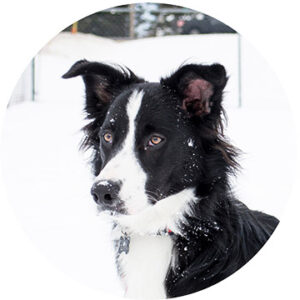
Jan Blue
Jan Blue is a mediator who’s been working with dogs for decades. She has extensive experience in behavior modification, from beginner’s manner classes to the private lessons she does now to help resolve problem behaviors and strengthen the communication between dogs and their humans.
When she’s not mediating, Jan and her border collies enjoy nose work, herding lessons, and walking the fields.

Kayla Behling
Kayla is the Content Writer for Herbsmith. She has a cat named Professor Cat-Faced Meowmers, who goes by Kitty, and a goof of a dog, named Duck. She stays busy biking trails, playing board games, and searching for the next best craft beer.
